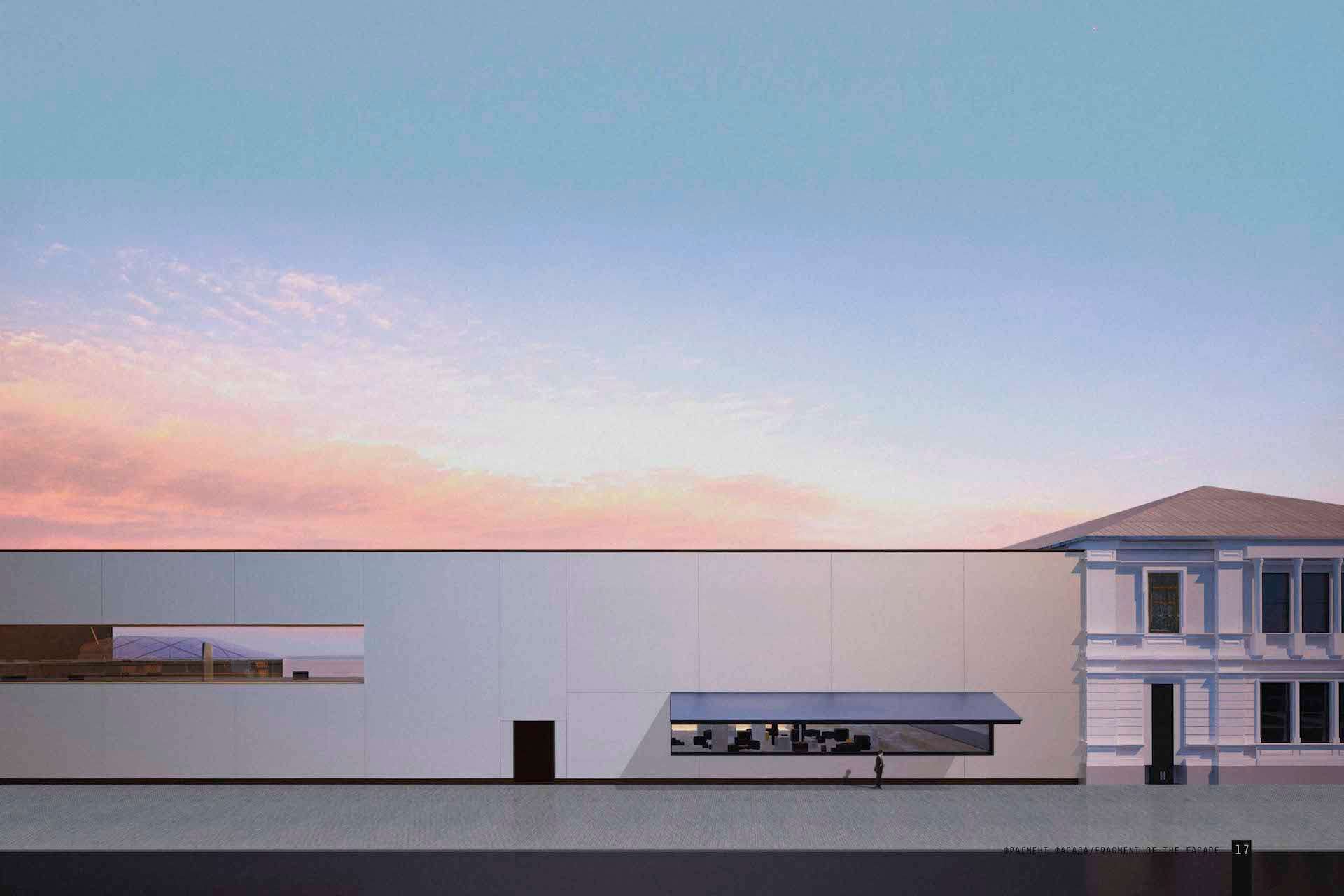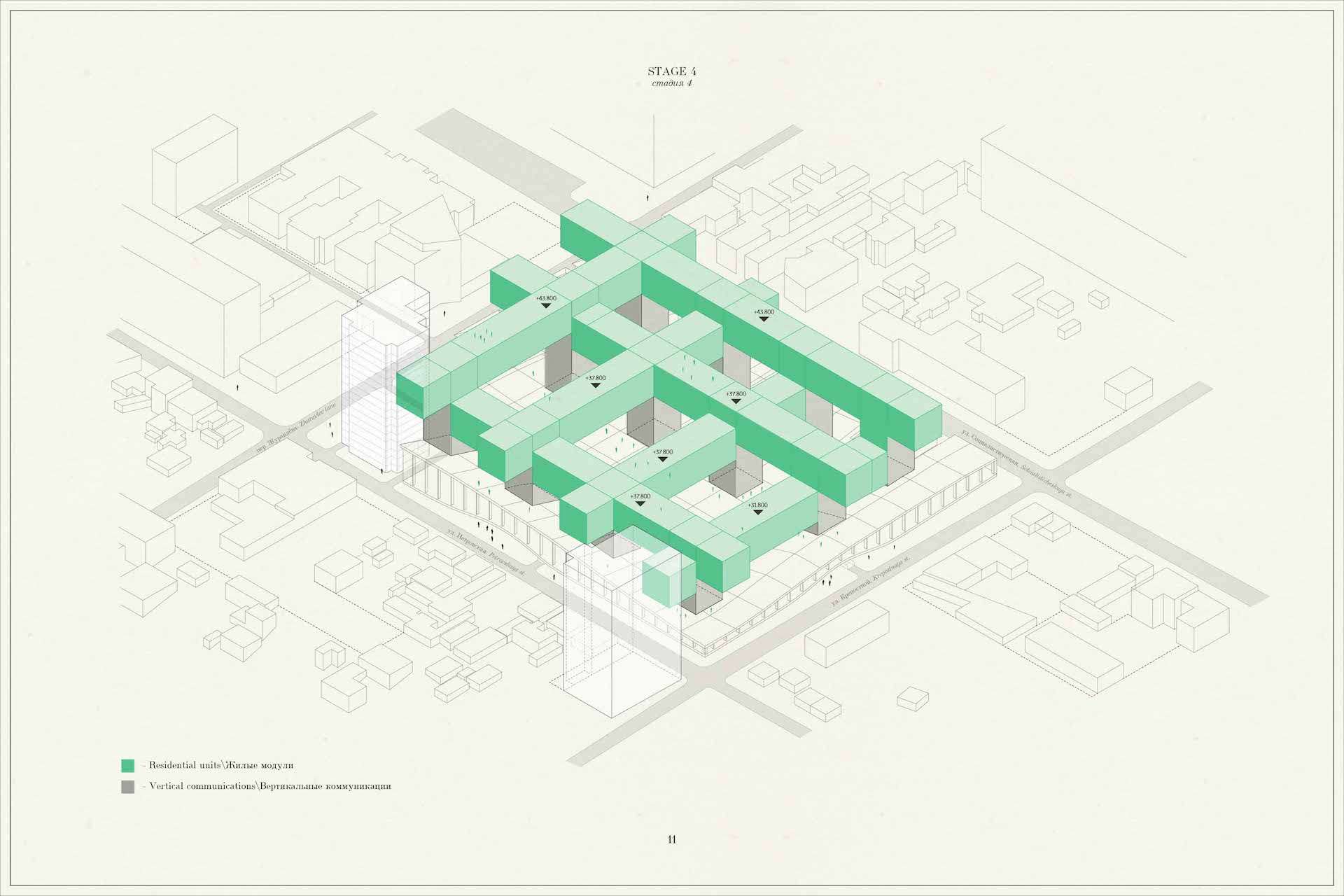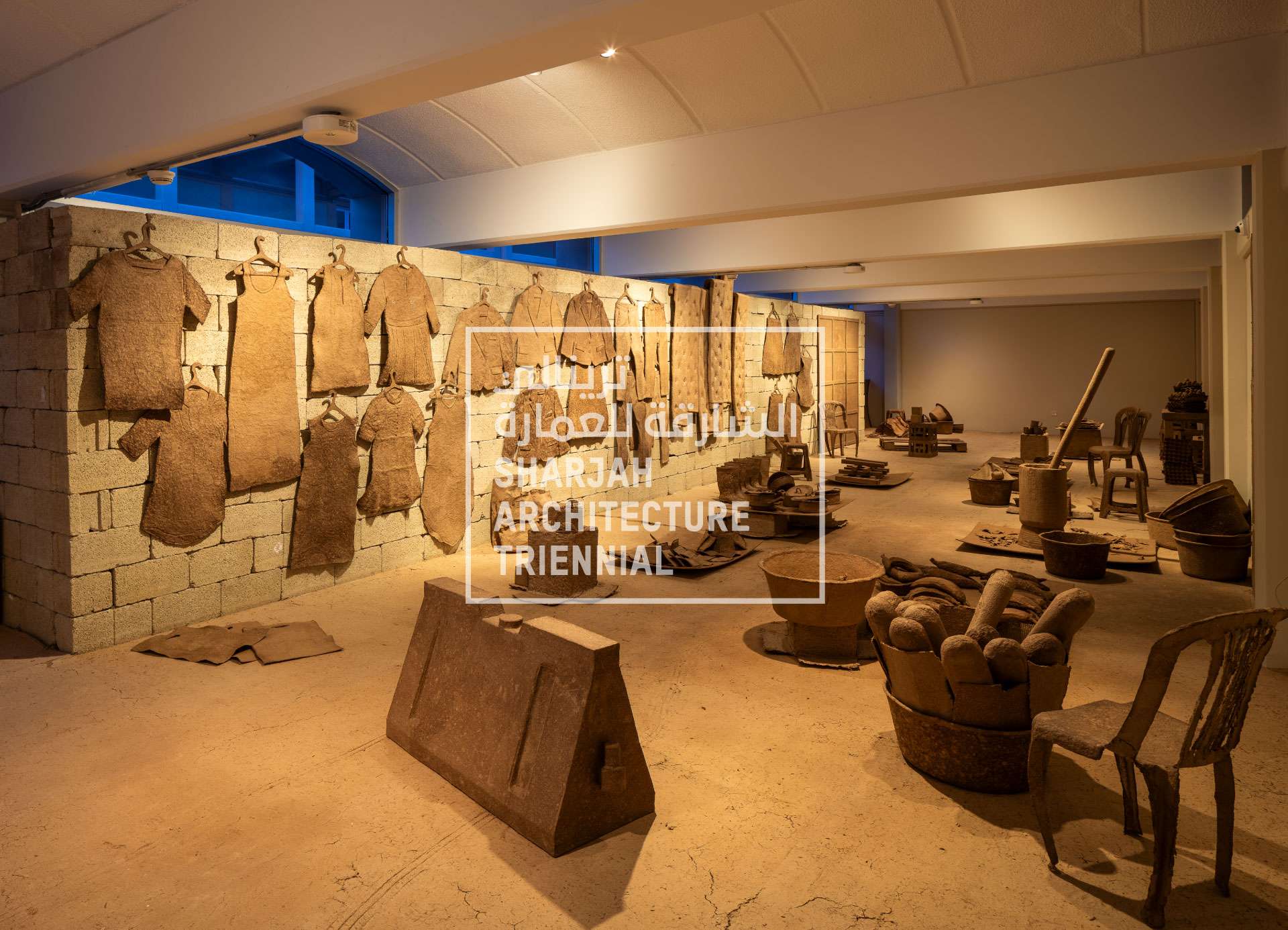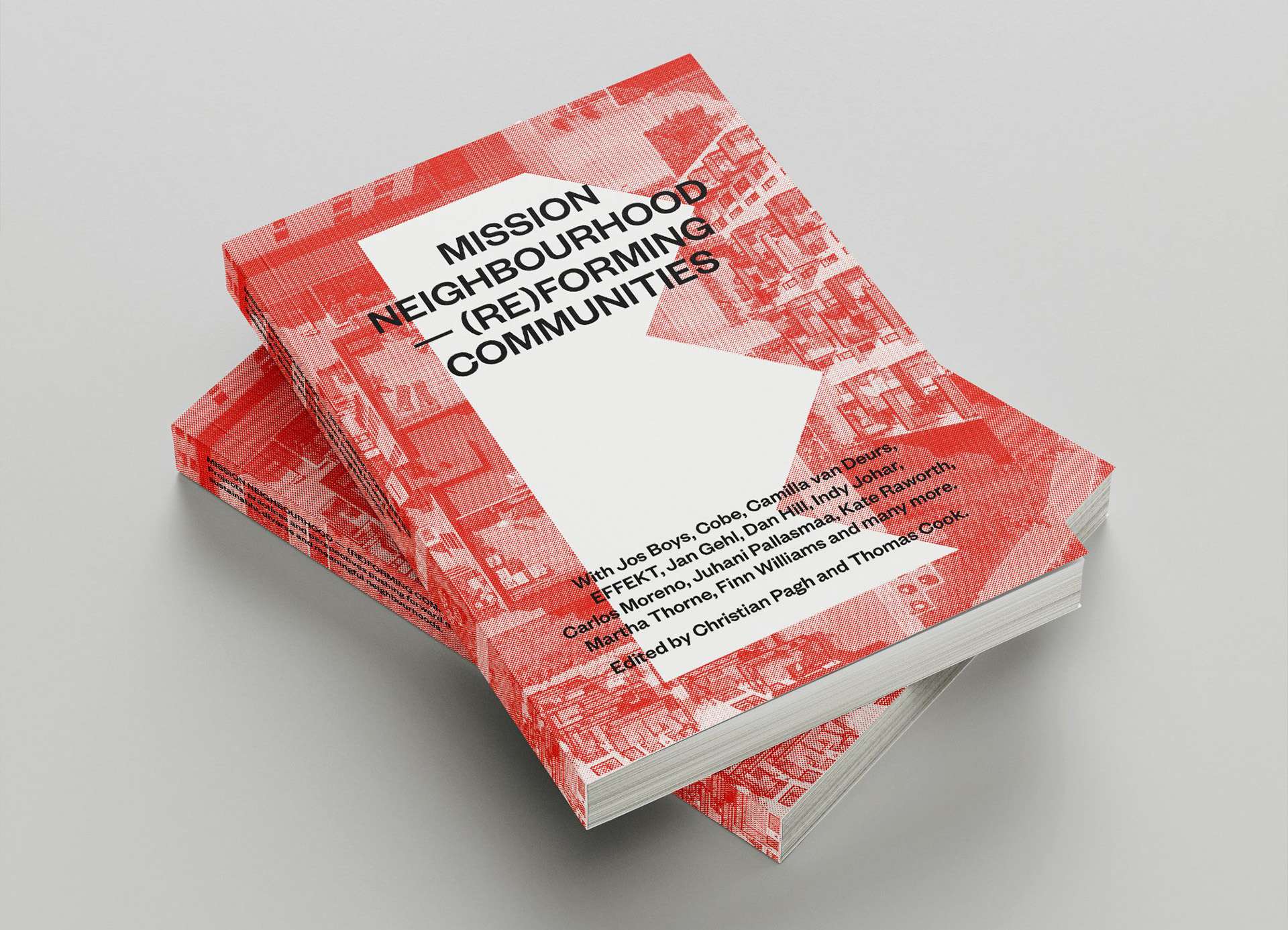Project #1: The Hortus, Housing Russia
The neighborhood is located in the very heart of Rostov-on-Don. It is almost exclusively built of low-rise houses with private land lots used for gardening. Bearing in mind the fact that many people who live in apartments dream about their own houses, I aimed to preserve the way of life in the neighborhood. Moreover, having a land lot in the city center nowadays is hardly affordable.
The historical part of the city is systematically suffered from infill developing. New high-rises and office buildings appear randomly violating the organic view of the city and our neighborhood can be an example of that. The aim of planning solution was to minimize that contrast and set a new precedent.
As a result, we have a 12x12 module composed of 4 apartments with an access to the surrounding land lot from each of them. On the ground level, there is a multifunctional complex with modern facilities such as parking lots, office spaces, restaurants and a kinder garden.
Brick is one of the most wide spread construction material in Rostov region. Most of the buildings in the city is made of it, so I made a decision to use different types of bricks in my project. Looking through old photos of Rostov I found out that most of the roofs were covered with copper sheets with a thin layer of green patina. Unfortunately, that tradition is no longer maintained, that is why I decided to revive it.
I think that every project is a story, and graphics is a tool to tell it. As any story, a project starts, develops and ends. Regarding the graphics of my project, I chose to arrange my drawings and pictures as an illustrated botanical book containing descriptions in Latin and a serif typeface.
Project #2: Here is a new story.
Until recently, Evpatotia city had a sailing club for children. There were many ships in the arsenal of the club. The school brought up a considerable amount of Evpatorian’s who became professional sailors and about 85 young sailors studied a year. The Yacht club had its own training class, base-parcking, skipper premiss, watchkeeping room, all of which were built and sustained by the sailors themselves. In the 90’s, the yacht club was converted into restaurant, and after a while it didn't exist anymore. The building was ruined.
Here is a new story.
KOOZ Who influences you graphically?
NS At the research stage, when I just started getting into all the aspects of the project, I began to collect certain images. Some of them were not necessarily related to architecture. They are mostly concerned with the interaction between spaces and the environment. Most often my sources of inspiration are photos, movies and cultural events happening around. So far, that is the method I have been using. As for certain names, I would say that Ivan Leonidov influenced me the most with his floating images and a black background clearly implying a detachment of his ideas. I was also inspired by a new wave of young architects who pay attention to graphic design just as much as to architecture. Basically, graphics is a narrative and, since every project is unique, I try to make my visual design reflect a project’s identity.
KOOZ What defined the graphic approach of this project (This is a new Story)?
NS As for the architecture and graphic, at first I always try to identify the cultural and historical context of the place. This is really important for me as I want mirror this context in my project. Crimea is a very warm region with a Mediterranean climate and I wanted to create something that was going to take all advantages of the place. During my research I found works of David Ligare and incredible places of Crimea region as a Cape Tarkhankut, underwater museum at Cape Tarkhankut, Chaliapin grotto and Tsar`s barrow in Kerch. All these pieces have become a part of the project.

KOOZ What dictated the format through which the proposal is explored (Hortus)?
NS I was inspired by aesthetics of botanical books and their typography, illustrations and paper. In my view, the album contains the most important aspects of the project as well as graphical annotations which clarify the decisions I made.

The Hortus, Housing Russia.
KOOZ To what extent do you believe the axonometric is the most complete form of drawing?
NS Axonometric projection is very convenient for presentation of drawings of different scale. Since nowadays we absorb a lot of information online, there is a tendency to simplify a way of information perception. By axonometric projection you can simplify an understanding of volumes and make a clearer connection between them. That is why it is a great annotation tool. Lately, the role of traditional presentation, in the form of facades and plans, has been fading. Therefore, today's presentations are more focused on three-dimensional images.

The Hortus, Housing Russia.
KOOZ How important is the diagram as a tool for communication?
NS In some cases, diagram is an appropriate tool. For instance, in my project I wanted to emphasize the fact that during the winter period in Rostov-on-Don temperature falls below zero, but in the rest of the year it is acceptable for being outside. That information displayed in a graph form allowed me to justify the relevance of open spaces and gardens I designed.

The Hortus, Housing Russia.
KOOZ What is your take on the art of collage?
NS The main goal of these images is the creation of the right atmosphere and the collage is a perfect tool for that.

The Hortus, Housing Russia.
KOOZ How has collage changed and been affected by the advancement of the digital?
NS It caused memories about schooldays when I used old magazines and photos of my classmates to create posters for some event. Same technic but nowadays you have wide range of a digital material.





